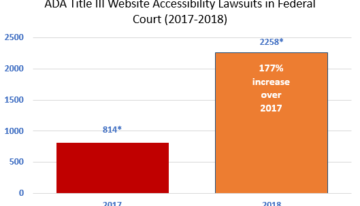
Accessibility in Canada is about creating communities, workplaces and services that enable everyone to participate fully in society without barriers. The Government of Canada believes that all Canadians deserve the same opportunities and chances at success and is pleased to announce the coming into force of the Accessible Canada Act. Reaching this milestone demonstrates the Government’s commitment to implement this transformational legislation in a timely manner, creating…


